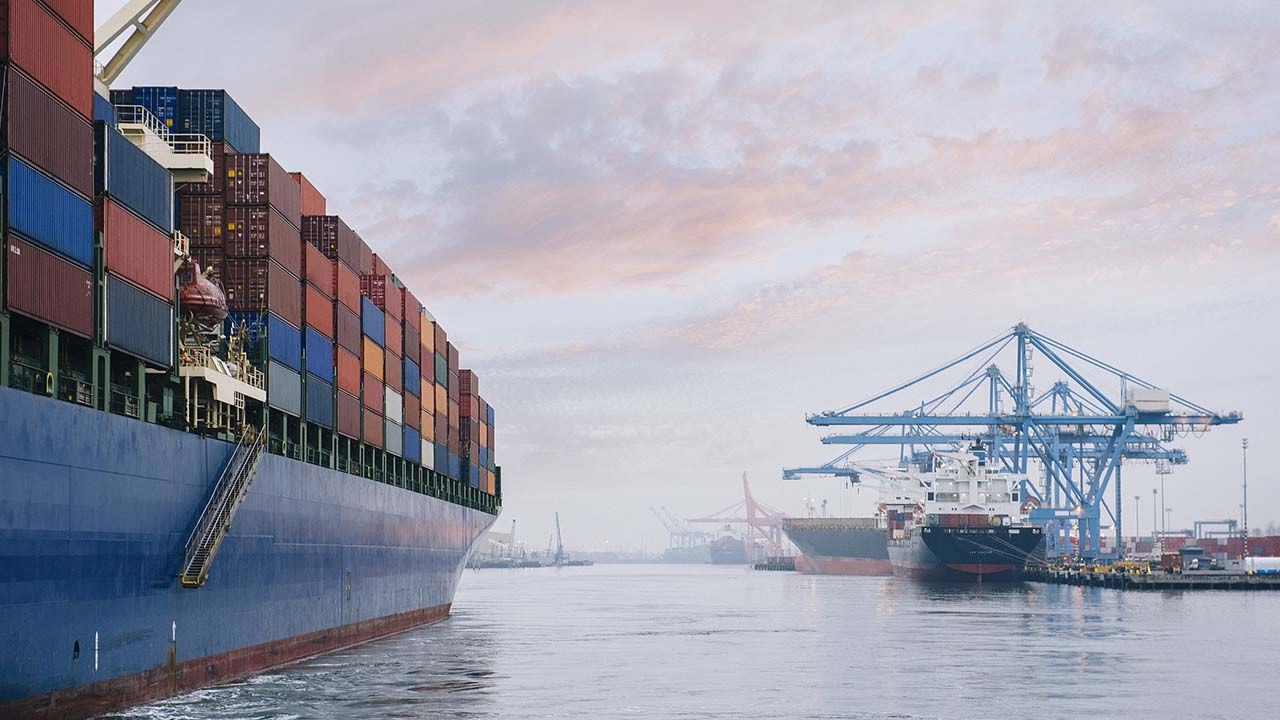
Business
19:09, 09-May-2017
Challenges, opportunities for Eurasian maritime silk road

A key component in China’s Belt and Road Initiative is the creation of reliable connections using sea routes across Asia and Europe.
As CGTN’s Zhang He reports, the Greek port of Piraeus is one stop on this Maritime Silk Road, where Chinese investment has led to shorter waiting times and lower costs.
”China’s COSCO has invested a great deal there. And now we have seen it turn into a major international hub, because the ships use Piraeus and there is a rail link going up through eastern Europe. So this is an important area: we can see the Silk Road web growing throughout Europe," noted Theresa Fallon, director of the Center for Russia Europe Asia Studies.
After the failure of the World Trade Organization’s Doha negotiations, China’s Belt and Road Initiative has been welcomed by many who want to promote free trade.
"When we look at One Belt One Road, we see another type of trade facilitation and that is concerning infrastructure. It is easy for a ship to go from China to Europe - better ports, investment in port facilities, reduction in shipping time - so the products from China can come faster to Europe and vice versa,” said Henrik Anderson, senior lecturer at the University of Central Lancashire.
In that way, the World Trade Organization and One Belt One Road complement each other, Anderson added.
However, there are still some challenges. For Vasco Becker-Weiberg, a professor at the Universidade Nova de Lisboa, this includes freedom of navigation as well as the protection and preservation of the environment. “These two are essential for the success of the Maritime Silk Road," he noted.
The Maritime Silk Road is still in its infancy. But dialogue will be crucial in navigating the potentially rough waters that policymakers will have to sail as they move forward.

SITEMAP
Copyright © 2018 CGTN. Beijing ICP prepared NO.16065310-3
Copyright © 2018 CGTN. Beijing ICP prepared NO.16065310-3